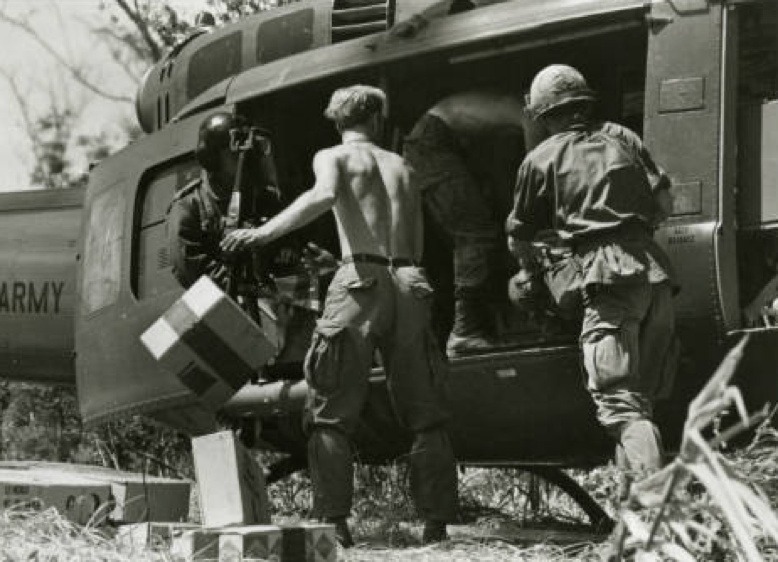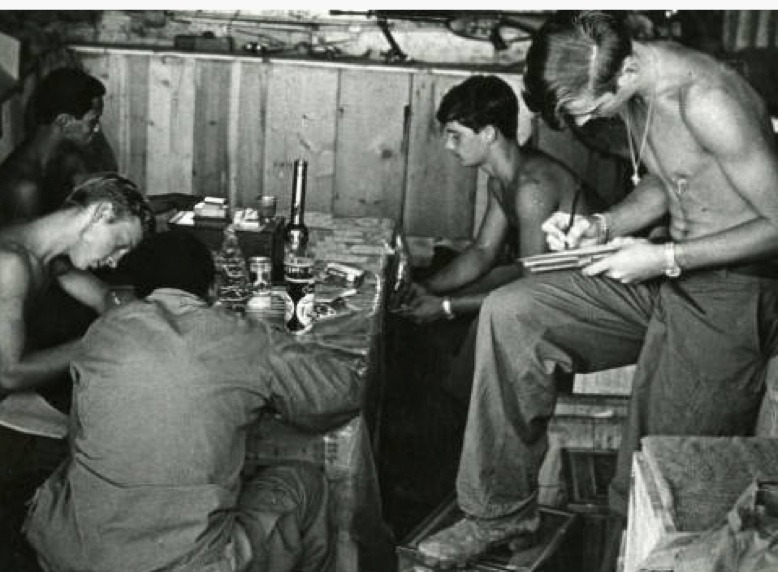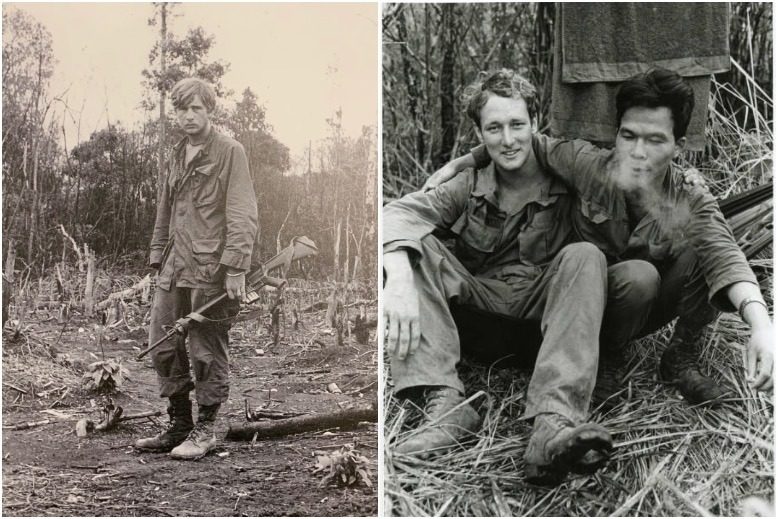
Stephen Warner, a U.S. Army public information officer in the Vietnam War, was killed in active duty just two weeks before he was due home—a week before his 25th birthday, on Valentine’s Day, 1971.
The New Jersey native left behind haunting photographs of soldiers, allies and friends that he encountered during his time in the war zone, providing windows into life on the ground during the Vietnam War.
The photos, along with excerpts of Warner’s letters to loved ones and personal journal entries, are on display as a part of the exhibit “As You Were: Stephen Warner – Words and Images from Vietnam,” at the New Jersey Vietnam Veterans’ Memorial and Vietnam Era Museum in Holmdel.
The museum is meant to add context to the adjacent outdoor Vietnam War memorial. While every state has a memorial dedicated to the war, New Jersey alone has an onsite gallery. In addition to a rotating exhibit, which changes every six months, the gallery features a permanent exhibit that documents the events of the war.
Warner’s black-and-white images offer a glimpse into the everyday realities of life for Americans in Vietnam—the comradery, the youthfulness, the sadness. Warner captured the action of war as well as the mundane, with photos of men wading through waist-high waters holding rifles in-hand, washing in make-shift showers and enjoying smoke breaks.
The pictures, striking at first glance, become even more telling in their details: soldiers’ dog tags strung through boot laces for identification in the case of a body left in pieces; wedding rings on the fingers of young men married before they were sent overseas; peace beads strung around the necks of soldiers holding guns as big as their torsos.
Greg Waters, the curator at the museum, picked through Warner’s complete collection of more than 400 photos and letters, all of which Warner donated to Gettysburg College in Pennsylvania as a part of his will. For the exhibit, Waters selected nearly two dozen pictures, along with writing excerpts, to best summarize Warner’s experiences.
[RELATED: A Jersey Soldier’s Voice Emerges from the Past]
“Besides a little of my own writing in the beginning, it’s all pieces from his letters and his own photographs,” Waters says. “So, in a way, Stephen is able to tell his own story.”
Warner was born in Skillman in 1946. He studied history at Gettysburg College, where he became a vocal leader in the anti-war movement, before completing a year of law school at Yale. He was drafted into the Army in 1969.
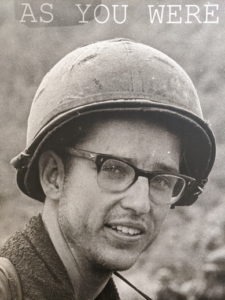
Stephen Warner in Vietnam. Courtesy of the New Jersey Vietnam Veterans’ Memorial and Vietnam Era Museum
His anti-war sentiments are present in excerpts of his writing throughout the exhibit. “I am now on my way to Nam to play my part in America’s greatest military disaster,” he wrote in a letter in March 1970.
As an information officer, Warner’s job was to gather information from Vietnam to be sent to the American press. In that role, he was allowed to travel around the country with few restrictions. This led to his participation in projects such as Hometown Heroes, in which Warner took pictures of soldiers that were later featured in their hometown newspapers.
“He would go out to different units, serve with them and do whatever they were doing. Then he would write their stories and take photographs,” Waters says. “He took that information and sent it back to their hometown newspapers, so that they can get local press and their families could see them in the newspapers. He loved doing that.”
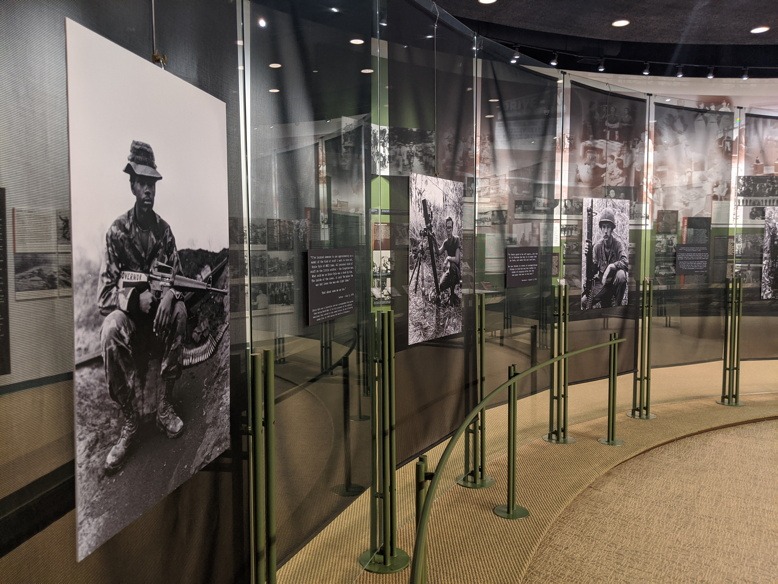
Photos from the Hometown Heroes series displayed as part of the exhibit. Courtesy of Stephen Warner
Some of the Hometown Heroes portraits are on display as part of the exhibit.
Through Warner’s writings, his ambition to learn the most he could from the war and desire to tell the stories of those in active duty becomes apparent.
“How the hell can you write about something like this without participating—you can’t,” he wrote in a letter.
The “As You Were” exhibit runs through June 27. The exhibit’s successor will showcase the history of women in the military.
The museum is open Tuesday–Saturday, 10 am–4 pm. Admission price ranges from $5–$7. Veterans, active military and children under 10 enter for free.




